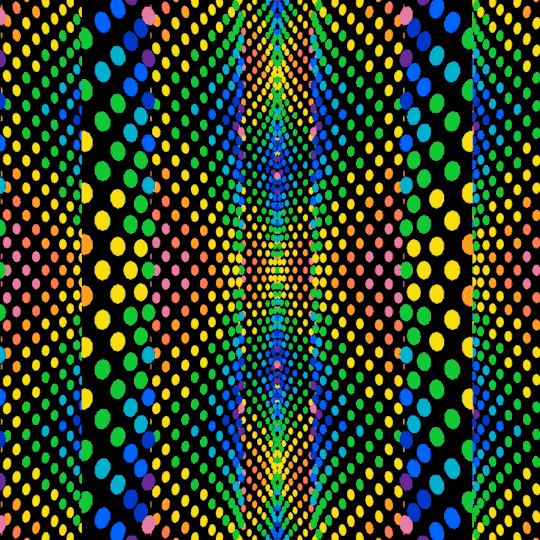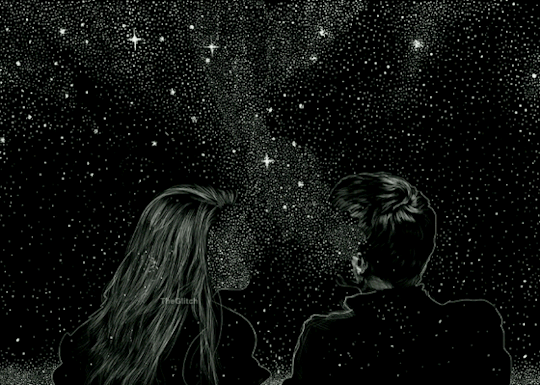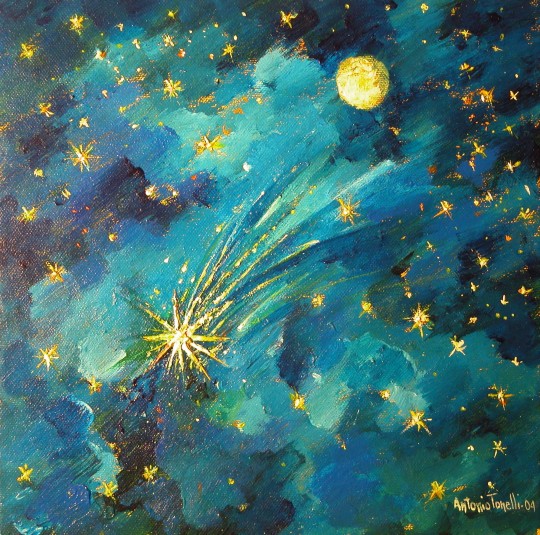ليس هناك ما هو صحيح، فكل شيء مباح I play percussion instruments mostly marimba and drumset. I LOVE to bang drums. I like art. I LOVE music. I like Mountain Dew I LOVE Animal Collective I like The Beatles I LOVE Pink Floyd I like The Velvet Underground I LOVE Gorillaz I like Gojira I LOVE Aphex Twin I like Ott I LOVE Shpongle I like Sepalcre I LOVE Tool I like Meshuggah I LOVE Deftones I like Bob Marley I LOVE Radiohead I like Devendra Banhart I LOVE Vibrasphere I like sunny weather with a slight breeze. Nulla è reale, tutto è lecito.
Don't wanna be here? Send us removal request.
Text
Just wrote a bunch about how much I blamed my dad. But, in writing it, while I relate a ton to this song, I realize I need to grow past it. Except one thought..
As I live today, I still live to one day call you dad. I still live to connect with you. Regardless of the disconnect or hurt, I still want to live my life with you in it. I still long for us getting to know each other. I still long for living those life moments together, maybe going on trips together. I fucking wish our living circumstances were different
0 notes
Text

In a place far away from anyone or anywhere, I drifted off for a moment.
37 notes
·
View notes
Text

“In some mysterious way woods have never seemed to me to be static things. In physical terms, I move through them; yet in metaphysical ones, they seem to move through me.” ― John Fowles
The Forest Path Talon Abraxas
736 notes
·
View notes
Text

M67 is a collection of over 500 stars that are loosely gravitationally bound, a grouping known as an open cluster. Open clusters like this are typically quite young, but M67 is one of the oldest known open clusters at approximately 4 billion years of age ― about the same as our Sun. In fact, the cluster contains about 100 stars that are similar to our Sun in composition and age, along with many red giant and white dwarf stars. It is also home to around 30 “blue stragglers” ― odd stars that are brighter and bluer than the population from which they formed, perhaps as the result of pulling material from a binary companion. M67 is the oldest open cluster in the Messier catalog.
M67 is also unusual in its location, nearly 1,500 light-years above the plane of the Milky Way galaxy. Most open clusters are distributed along the central plane of the Milky Way.
M67 was first recorded by German astronomer Johann Gottfried Koehler in 1779, then rediscovered and identified as a collection of stars by Charles Messier a year later. It resides about 2,700 light-years from Earth in the constellation Cancer.
Credit: NASA/hubble
533 notes
·
View notes
























